Explore The Samdrup Jongkhar To Admire The Eastern Gateway Of Bhutan In 2025
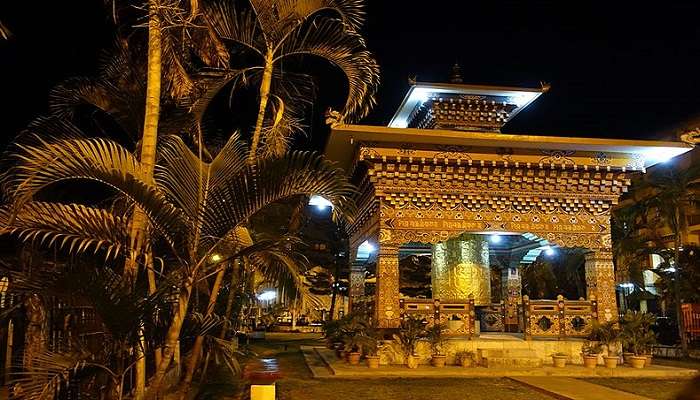
Samdrup Jongkhar, located southeast of Bhutan, is a business hub and strategic entry point for travellers visiting Bhutan from India. Though it is integral to trade and connectivity, Samdrup Jongkhar remains less explored than other popular tourist destinations in Bhutan such as Thimphu and Paro. The town offers both cultural diversity and natural beauty. Its calm landscapes, historical importance, and bustling local culture provide a refreshing contrast to the busy life. Tourism development in Jongkhar has been managed cautiously over the last few decades to be sustainable and deliver “High Value, Low Impact” tourism in Bhutan.
Samdrup Jongkhar History
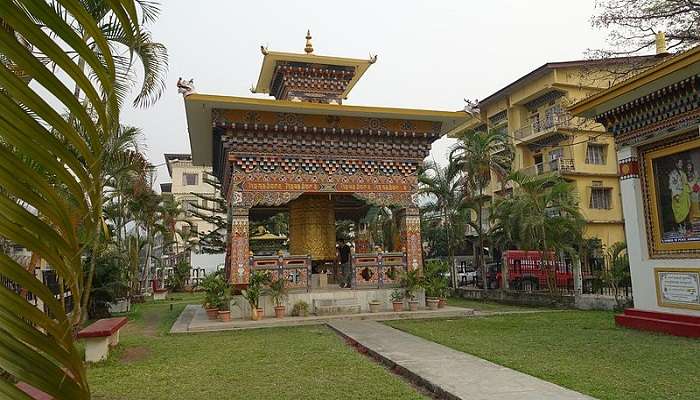
Bhutan’s tourism commenced in 1974 after the coronation of the 4th King Jigme Singye Wangchuck, which marked a cautious opening for tourists and foreigners. With overland travellers using Jongkhar as an important transit point, its popularity has grown due to its strategic location. The 2000s saw Samdrup Jongkhar being included in the eastern Bhutan cultural tours and treks as more tourists began to visit. This area’s pristine beauty and rural charm attracted adventurers and culture buffs. In response to the growing number of visitors, tourism infrastructure, such as hotels and restaurants catering for international travellers, started developing. Sustainable development was still a priority as Bhutan embraced responsible tourism practices.
Must Read: Bhutan Rivers
Best Time To Visit Samdrup Jongkhar
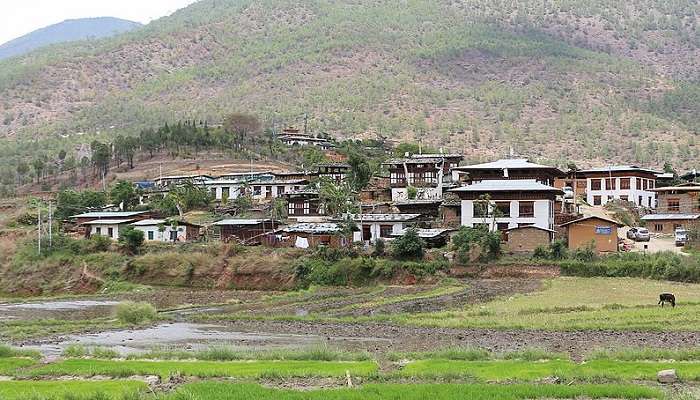
The weather at Samdrup Jongkhar Bhutan is conducive all year round, so you can plan to visit at any time of the year. The summers are hot but tolerable, while winters are mild, thus making it possible to tour around without stress. As there is no peak tourist season, there are no large crowds of tourists, and you can enjoy your trip peacefully.
Samdrup Jongkhar Nearby Tourist Places To Explore
Various attractions await travellers visiting the Jongkhar Dzongkhag – from historically significant Dewathang or peaceful Zangto Pelri Lhakhang to adventurous Bjamdrak Pemako. Each site reflects different experiences depending on one’s inclination towards Samdrup Jongkhar as an area with various aspects of culture and nature.
1. Zangto Pelri Lhakhang
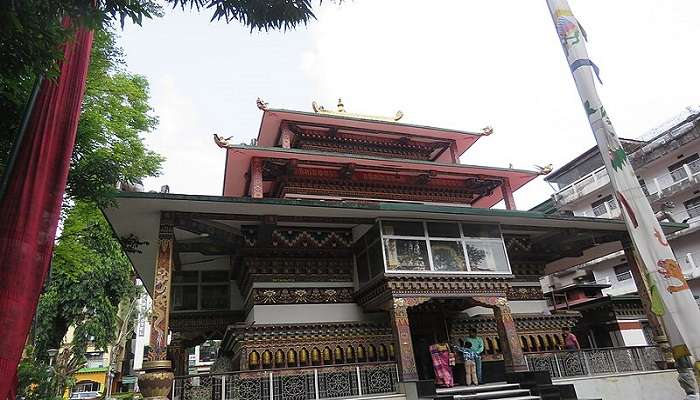
Zangto Pelri Lhakhang is a remarkable three-storeyed Buddhist temple which stands as the main spiritual monument in busy Samdrup Jongkhar town. The interiors have detailed frescoes and vibrant murals painted on walls where different teachings related to Buddhism have been displayed alongside an array of traditional artefacts representing Bhutanese culture. Constellations about life cycles show how nature works according to some belief systems around this place. Many other religious statues surround a replica of Guru Rinpoche. Zangto Pelri Lhakhang is a spiritual site and a cultural centre for teaching about Bhutan’s rich religious traditions.
Best Time to Visit: Year-round
Famous For: Exquisite architecture, sacred religious rituals
Suggested Read: Architecture In Bhutan
2. Bhairav Kunda Shiva Mandir
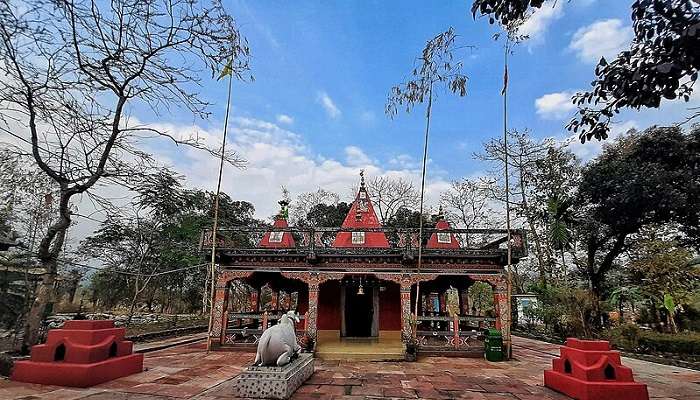
Daifam Shiv Mandir, popularly known as Bhairav Kunda Shiva Mandir, reflects Bhutan’s historical depth and religious diversity. It is the only Shakti Peetha site in the country. The shrine originated in 1950 following the Assam-Tibet earthquake, which tore apart the original lake called Bhairav Kund, thus exposing a sacred Shiv Linga on its bed. Construction of the current temple began in 2002 and was completed by 2005, modelled after Hindu architectural styles modified using local Bhutanese art forms. The remains of the initial lake are part of this site where devotees offer prayers.
Best Time to Visit: During the Maha Shivaratri festival
Famous For: Shiva temple, religious festivals
3. Hanuman Mandir NK Darranga
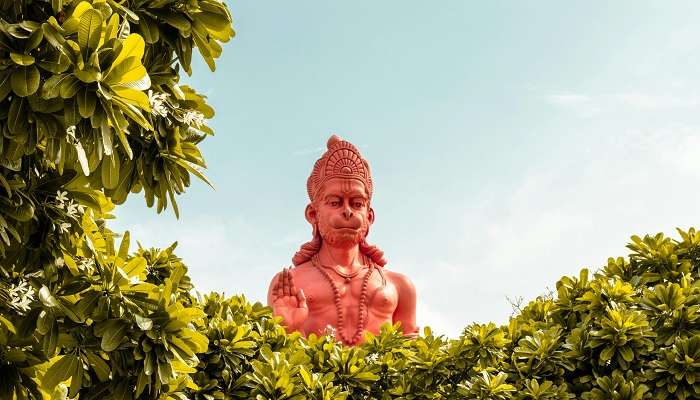
Hanuman Mandir NK Darranga is a serene sanctuary amid greenery dedicated to Lord Hanuman. This temple provides an ideal environment for meditation, prayer and self-reflection. The temple’s attractive architecture adds to its allure as a place of worship for believers and sightseers alike. Run jointly by Bhutanese and Assamese devotees, this temple influences diverse cultures. One of the most important festivals celebrated at this temple is the birthday of Lord Hanuman, also known as Hanuman Jayanti. People come together chanting prayers to get themselves into the spirit of celebration. The ambience at this shrine leads to a deep spiritual experience.
Best Time to Visit: During Hanuman Jayanti
Famous For: Hanuman Mandir, spiritual significance
Suggested Read: Valleys In Bhutan
4. Dewathang
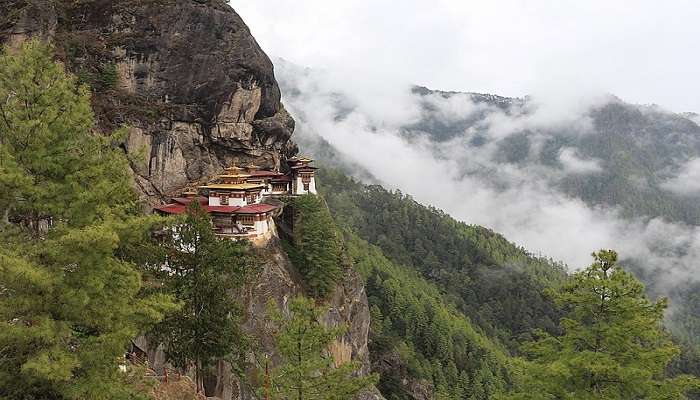
Deothang, also known as Dewathang, is rich in history and culture. Dewathang means “flat area of happiness” due to its natural beauty and calmness around it. It holds special significance in Bhutan’s history as it was where the Anglo-British War occurred in 1865. Despite the defeat, Dewathang remains as a portrayal of resilience and patriotism among Bhutanese. This is where the Treaty of Sinchula was signed, which ended hostilities and restored peace. The Chokyi Gyatso Institute, located in Dewathang, is one of the foremost Buddhist colleges in the Nyingma lineage.
Best Time to Visit: Year-round
Famous For: Landmarks, scenic beauty
How To Reach Samdrup Jongkhar

The only international airport in Bhutan is Paro International Airport, the nearest gateway for air travel to Samdrup Jongkhar. These are selected Indian airports for direct flights from cities such as Delhi, Kolkata, Gaya, Siliguri, and Guwahati. After landing at Paro, visitors drive along NH-27 to reach Samdrup Jongkhar. The preferred route to the place by road is through Guwahati in Assam.
The drive along NH-27 takes approximately 2.5 hours and covers around 103 km. Visitors will have a glimpse of the attractive landscapes in the area while going to the destination. An alternate way to this place is via Thimphu or Phuentsholing, located at 418 km (11.5 hours) and 316 km (8 hours), respectively. These paths offer varied views of Bhutan’s undulating topography, making travelling to Samdrup Jongkhar an exciting experience.
Further Read: Wildlife Sanctuaries In Bhutan
Samdrup Jongkhar continues growing, balancing modernisation with tradition without compromising values. Whether you are an adventure lover, a cultural enthusiast, or simply seeking serenity, it offers a unique and memorable experience. So, pack your bags and book your trip to Bhutan for a once-in-a-lifetime experience.
For our editorial codes of conduct and copyright disclaimer, please click here.
Cover Image Credit: Vampireprodigy for Wikimedia Common
Frequently Asked Questions About Samdrup Jongkhar
What is the main language spoken in Samdrup Jongkhar?
The primary language spoken in Samdrup Jongkhar is Dzongkha which is also Bhutan’s official national language.
Are there specific festivals celebrated in Samdrup Jongkhar?
There are special events like the Bhairabkunda Festival that take place each year during January which involve different ethnic groups from Bhutan as well as the neighbouring Indian states.
Is it safe for tourists to visit Samdrup Jongkhar?
Samdrup Jongkhar is considered safe with low crime rates and a friendly atmosphere for visitors.
What types of cuisines should I expect in Samdrup Jongkhar?
The cuisine in this town includes traditional Bhutanese dishes like Ema Datshi along with influences from India and Tibet.
Can I use Indian currency in Samdrup Jongkhar?
You can use Indian currency, but it is advisable to use local currency for high-value transactions.
People Also Read:
Bumthang In Bhutan Thimphu In Bhutan Zhemgang In Bhutan

Innovative Content Writer Focused on Producing High quality, Original Content that drives traffic and engages readers. Experienced in Content strategy and analytics to measure content performance using tools such as SQL, Power BI, Excel.











